Oliveira bill seeks to include sign language classes in schools
| Published: 04-11-2023 9:23 AM |
Brittainy Simpson grew up in the hearing world but was considered an oral deaf, a person who is born deaf or becomes deaf before they learn how to speak. Despite getting by with a hearing aid and lip-reading, Simpson only learned how to sign at age 25.
Today, Simpson is an American Sign Language specialist at Willie Ross School for the Deaf in Longmeadow, where deaf and hard of hearing children learn alongside hearing children.
When she was in high school, Simpson likely would have benefited from a bill being proposed in the Legislature by Sen. Jacob Oliveira, D-Ludlow, and Rep. Carol Doherty, D-Taunton, that seeks to expand the existing course selection for modern language requirements in public schools to include ASL. The bill aims to increase interactions between hearing persons and deaf and hard-of-hearing persons, and children with autism.
“There are certain curriculum frameworks within Massachusetts that meet modern language requirements for graduation,” Oliveira said. “This bill would expand that definition to include the American Sign Language that count towards modern language requirements for our school.”
ASL is the native visual gestural language, primarily used by members of the deaf culture in the United States and Canada. It consists of its own grammar, lexicon, facial expressions and body shifts. Currently, the language is recognized by the state’s curriculum framework for all public elementary and secondary schools.
Simpson, who grew up in Plymouth and attended Duxbury High School, said the public school she attended did not offer ASL as a language. Instead, her first language was English.
While hearing aids and lip reading are alternatives for hard-of-hearing people, Simpson said they’re not always successful for deaf people. After picking up ASL, Simpson quickly learned that she did not need to rely on hearing aids or lip-reading.
This issue is especially personal for Oliveira, who prior to serving in the Legislature was president of the Massachusetts Association of School Committees and a Ludlow School Committee member, who also represents the Willie Ross School. He says that public education and access to a variety of coursework within schools are one of his priorities.
Article continues after...
Yesterday's Most Read Articles
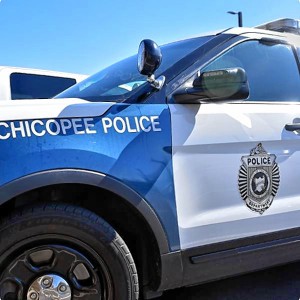 South Hadley man fatally shot in attempted robbery
South Hadley man fatally shot in attempted robbery
 Smith College exhibit explores Sylvia Plath’s botanical inspiration
Smith College exhibit explores Sylvia Plath’s botanical inspiration
 Holyoke man finds bear paw in his yard
Holyoke man finds bear paw in his yard
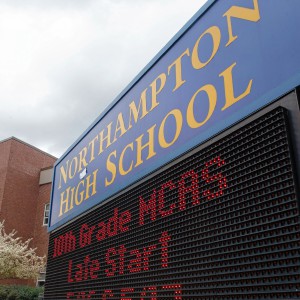 Guest columnist Bill Dwight: How to make sense of Northampton’s school budget dilemma
Guest columnist Bill Dwight: How to make sense of Northampton’s school budget dilemma
 South Hadley’s Lauren Marjanski signs National Letter of Intent to play soccer at Siena College
South Hadley’s Lauren Marjanski signs National Letter of Intent to play soccer at Siena College
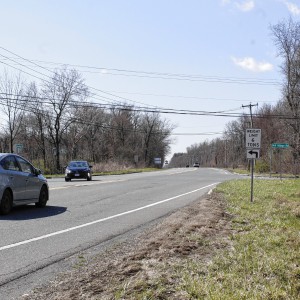 Deerfield residents petitioning to fix ‘dangerous’ intersection
Deerfield residents petitioning to fix ‘dangerous’ intersection
“There’s growing challenges trying to find people to work at the school that have skills in sign languages,” he said.
He said adding sign language as an available course in all Bay State public elementary and secondary schools would open more interaction in K-12 schools between hearing persons, deaf and hard-of-hearing persons, and children with autism.
Currently, 1.4 million of the state’s 7 million residents are estimated to be deaf or hard-of hearing.
Simpson said while public schools around Massachusetts are slowly implementing sign language in the course curriculum, she believes identity plays an important role for instructors and that ASL should be taught by a deaf person.
“We see some teachers who are not deaf, or ‘hearing,’ take over those positions from deaf people. That’s a deaf role, and it should be deaf folks teaching ASL,” Simpson said.
She explained life experience should be a qualification to teach ASL. However, there is a shortage of ASL instructors who teach at a high school level. She also understands that a lot of teachers are unsure where to start with the course.
“[Public schools] need to look for a teacher who is deaf, who uses the language … and make sure that you’re not taking away the identity aspect of the language — it’s important to have a deaf person in the classroom teaching the language,” she said.
“You want the student to see who we are as deaf people and where we’re coming from, how we became deaf and what Deaf culture is,” Simpson said.
After mastering ASL, Simpson said she felt the barriers she experienced before melted away.
“I realized I had my rights to my language, and know who I was — I felt free,” Simpson said.
Sydney Ko writes for the Gazette from the Boston University Statehouse Program.
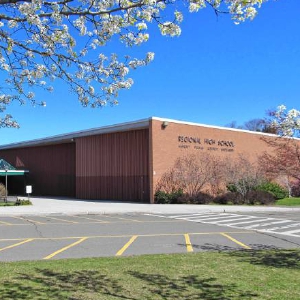 Amherst regional district towns seek middle ground on school increase
Amherst regional district towns seek middle ground on school increase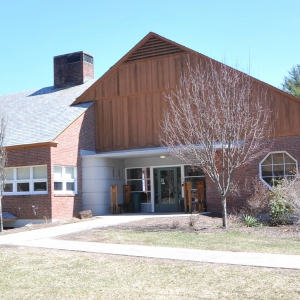 Leverett Town Meeting voters will decide cease-fire call, budgets, town elections
Leverett Town Meeting voters will decide cease-fire call, budgets, town elections 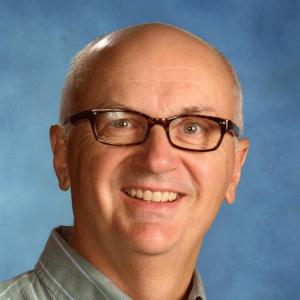 A Look Back: April 22
A Look Back: April 22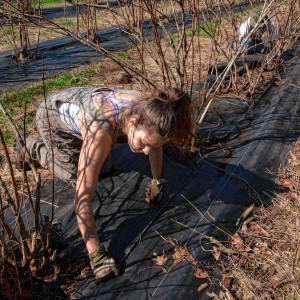 Regional farming alliance strengthens educational, networking opportunities for apprentices
Regional farming alliance strengthens educational, networking opportunities for apprentices
